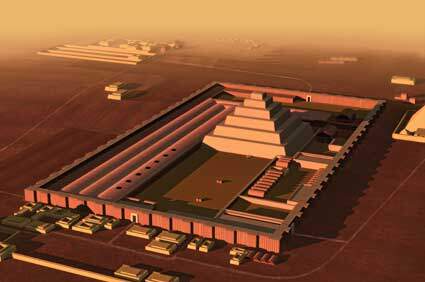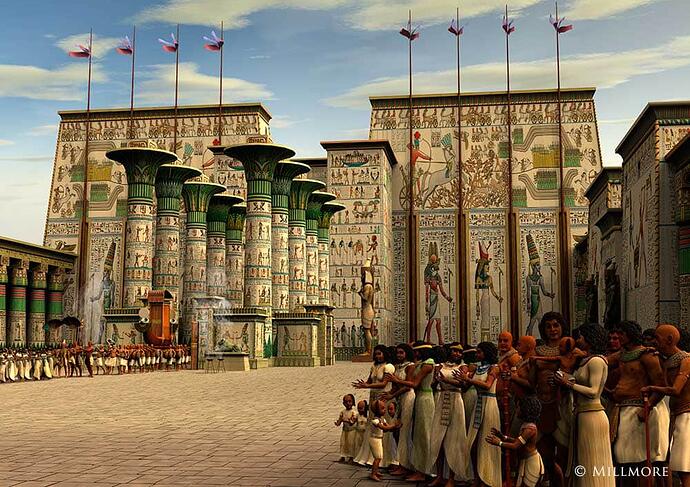Archaeologists say they have found a gold leaf-covered mummy sealed inside a sarcophagus that had not been opened for 4,300 years. The mummy, the remains of a man named Hekashepes, is thought to be one of the oldest and most complete non-royal corpses ever found in Egypt. It was discovered down a 15m (50ft) shaft at a burial site south of Cairo, Saqqara, where three other tombs were found.
One tomb belonged to a “secret keeper”. The largest of the mummies that were unearthed at the ancient necropolis is said to belong to a man called Khnumdjedef - a priest, inspector and supervisor of nobles. Another belonged to a man called Meri, who was a senior palace official given the title of “secret keeper”, which allowed him to perform special religious rituals. A judge and writer named Fetek is thought to have been laid to rest in the other tomb, where a collection of what are thought to be the largest statues ever found in the area had been discovered.
Archaeologist Zahi Hawass, Egypt’s former antiquities minister, has said all the discoveries date from around the 25th to the 22nd centuries BC.
Saqqara was an active burial ground for more than 3,000 years and is a designated Unesco World Heritage Site. It sits at what was the ancient Egyptian capital Memphis and is home to more than a dozen pyramids - including the Step Pyramid, near where the shaft containing the mummy was found.
Thursday’s discovery comes just a day after experts in the southern Egyptian city of Luxor said they had discovered a complete residential city from the Roman era, dating back to the second and third centuries AD.
The government hopes its Grand Egyptian Museum, which is due to open this year following delays, will draw in 30 million tourists a year by 2028. But, critics have accused Egypt’s government of prioritising media-grabbing finds over hard academic research in order to attract more tourism.
Well, you can’t blame the government:
The travel and tourism industry in Egypt is one of the country’s leading economic sectors, generating about 389 billion Egyptian pounds for the GDP in 2018. About 90 percent of the direct travel and tourism contribution to Egypt derives from leisure spending compared to 12 percent of business spending. The travel and tourism sector is also a major employer in the country with a workforce of 2.16 million in 2021.
The number of discoveries is increasing exponentially as new technology is increasingly utilised in the search under the sand … ![]()


